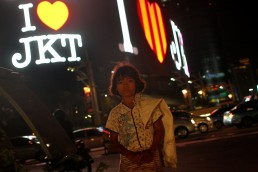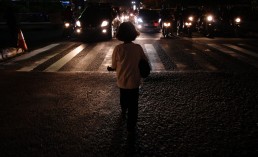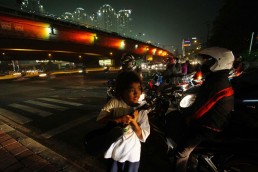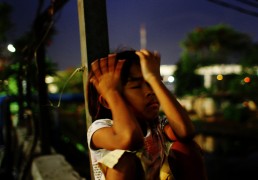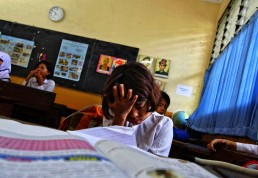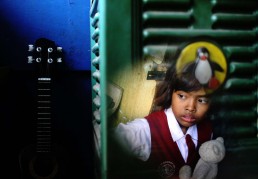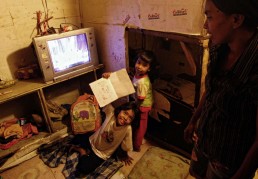Emma’s Path: Collecting Dreams
EMMA’S PATH: COLLECTING DREAMS
Fransiskus Parulian Simbolon, Kontan
The national survey done by The Center of Statistics and International Labour Organization indicates that out of the total 58.8 million children in Indonesia at the age of 5-17, there are 4.05 million child labor of which 43.3% work in the worst non-formal sectors for children as beggars, buskers and housemaids.
Forced to work and dropped out of school, they are stripped of their basic rights to education, physical safety, protection, play and recreation. Understanding Children’s Work (UCW) points out how the majority of child laborers in Indonesia work in the agricultural field, followed by manufacturing and service sectors.
Such high number is ironic because the law, as indicated by UU RI No. 23/2002 about Child Protection, has clearly defined a child as someone under the age of 18.
Elma Dilsiana is one such child labor. Born in a poor household, she is forced to help provide for the family. This nine year old girl should not be scavenging or busking in busy intersections, nor should she be witnessing her father’s violent behavior towards her mother.
Public Elementary School 05 is where she goes for education, while the streets are her reality. “If I don’t scavenge and busk everyday, I don’t get to eat,” she laments.
Although she keeps to herself, Emma, whose dream is to be a veterinarian, is very popular among her peers as she shares what she learned at school to those devoid of education. I sensed her myriad of dreams behind Emma’s frequent solitary daydreams: of freedom, of hope, of passion and thoughtfulness, and of the return of harmony to her family.
We the poor are not stupid, and those who are rich are not great, says a graffiti near where Emma lives. A critical reminder for all of us; how concerned are we about education for the displaced and underprivileged children of Indonesia?

